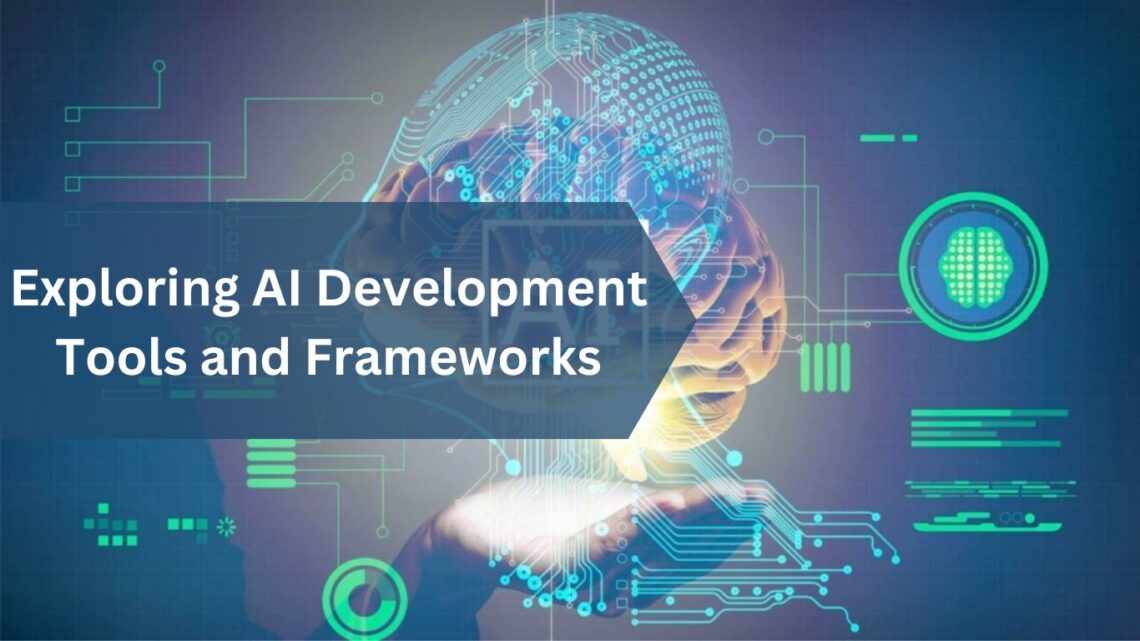
Exploring AI Development Tools and Frameworks
Artificial intelligence (AI) development, the choice of tools and frameworks plays a crucial role in the success of projects. AI development company are constantly innovating and leveraging cutting-edge technologies to create intelligent solutions that address various challenges across industries. In this article, we delve into the world of AI development tools and frameworks, exploring their features, advantages, and applications.
Understanding AI Development Tools
TensorFlow
TensorFlow is an open-source machine learning framework developed by Google. It provides a comprehensive ecosystem for building and deploying machine learning models, including neural networks, deep learning algorithms, and natural language processing (NLP) tasks. TensorFlow’s flexibility and scalability make it a popular choice among AI developers for a wide range of applications, from image recognition to predictive analytics.
PyTorch
PyTorch is another powerful open-source machine learning framework known for its dynamic computational graph capabilities and ease of use. Developed by Facebook’s AI Research lab (FAIR), PyTorch offers a flexible and intuitive interface for building deep learning models. Its dynamic nature allows for more efficient experimentation and debugging, making it a preferred choice for research-oriented projects and prototyping.
scikit-learn
scikit-learn is a popular machine learning library in Python that provides simple and efficient tools for data mining and analysis. While not as powerful as TensorFlow or PyTorch for deep learning tasks, scikit-learn excels in traditional machine learning algorithms such as classification, regression, clustering, and dimensionality reduction. Its user-friendly interface and extensive documentation make it ideal for beginners and seasoned AI developers alike.
Exploring AI Development Frameworks
Keras
Keras is a high-level neural networks API written in Python and capable of running on top of TensorFlow, Theano, or Microsoft Cognitive Toolkit (CNTK). It offers a user-friendly interface for building and training deep learning models with minimal code, making it an excellent choice for rapid prototyping and experimentation. Keras’s modular architecture allows for easy customization and extension, enabling developers to create complex neural network architectures with ease.
Apache MXNet
Apache MXNet is an open-source deep learning framework designed for efficiency, scalability, and flexibility. It supports both imperative and symbolic programming, allowing developers to choose the approach that best suits their needs. MXNet’s distributed computing capabilities make it well-suited for training large-scale neural networks across multiple GPUs and devices. Additionally, MXNet’s integration with popular programming languages such as Python, R, and Julia enhances its accessibility and adoption.
Leveraging AI Innovations with the Right Tools
As AI innovations continue to reshape industries and transform business processes, selecting the right tools and frameworks is essential for unlocking the full potential of AI development projects. Whether it’s building intelligent chatbots, predictive analytics models, or computer vision applications, software development company must stay abreast of the latest advancements in AI technology and choose tools that align with their project requirements and goals.
Conclusion
AI development tools and frameworks are vast and ever-evolving, offering websites designers a myriad of options to choose from based on their specific needs and preferences. From TensorFlow and PyTorch to scikit-learn and Keras, each tool and framework brings its unique strengths and capabilities to the table, empowering AI development companies to create innovative and impactful solutions that drive value for businesses and society.




